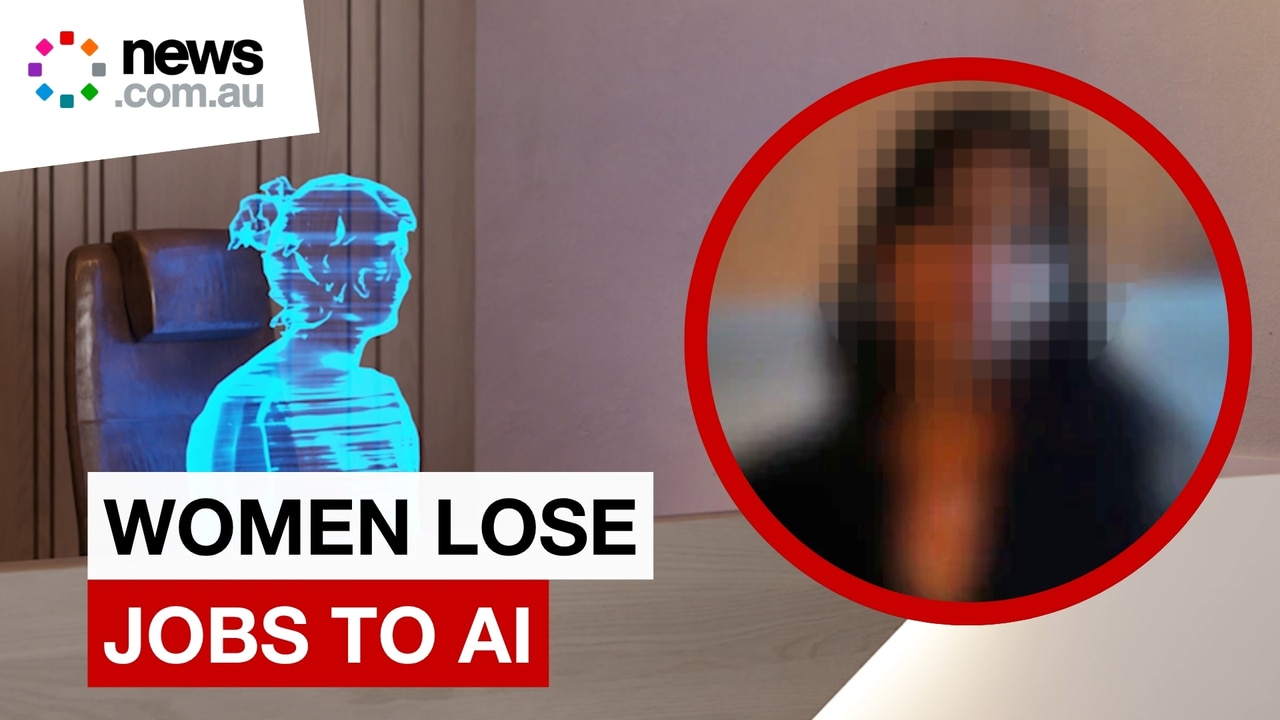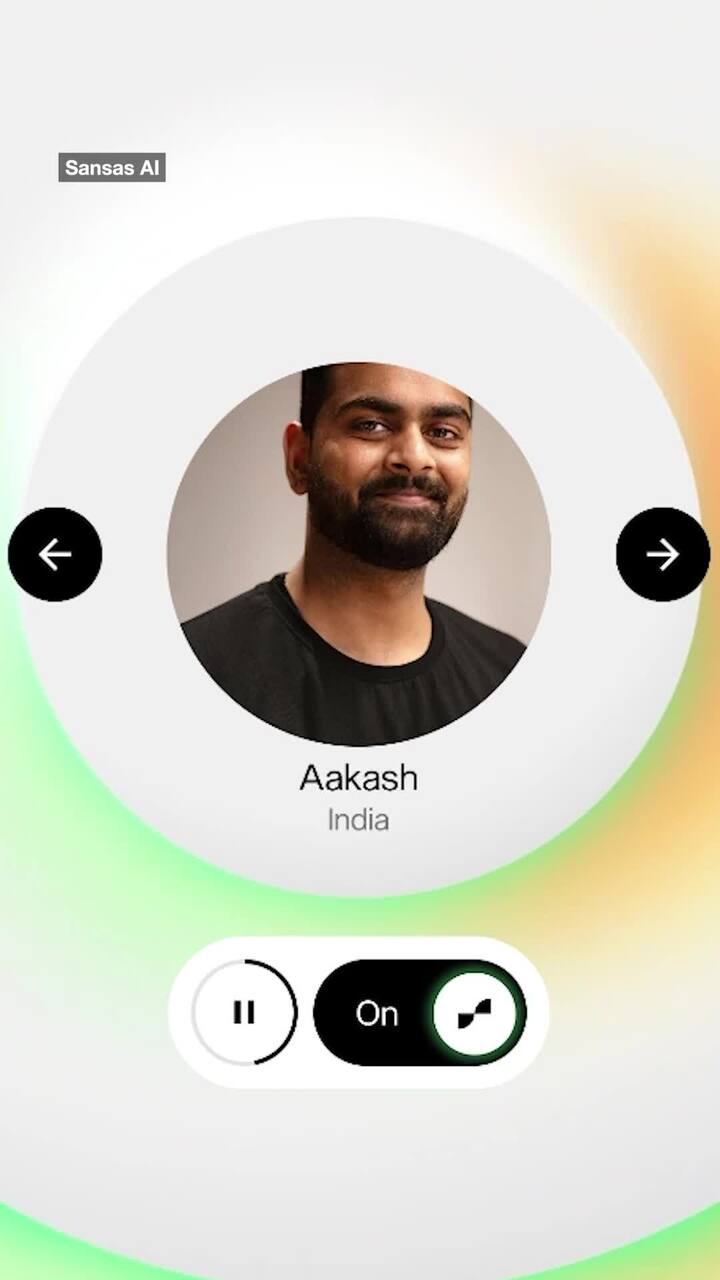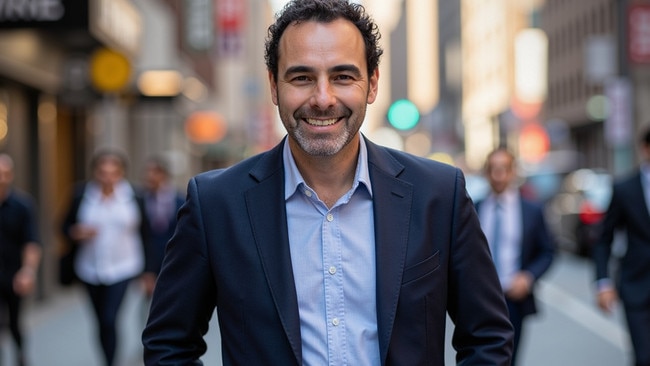Call centre AI-powered ‘accent naturaliser’ tech arrives in Australia
If you are speaking to a call centre worker anytime soon you’re going to notice something remarkable.

Internet
Don't miss out on the headlines from Internet. Followed categories will be added to My News.
If you’ve ever hung up the phone in frustration at a call centre worker because you can’t understand their accent, Richard Valente feels your pain.
“I’m the same — I hang up on those calls,” he said.
Which may come as a surprise, given Mr Valente is the Australian vice president of customer experience strategy at Teleperformance (TP), the French multinational that provides call centre support for around 40 of Australia’s largest companies including telcos and utilities.
TP, which employs some 65,000 workers in the Philippines and more than 100,000 in India, is leveraging the power of AI to make the experience of “troubleshooting an energy bill or checking a flight delay” a little less frustrating with the rollout of AI-powered, real-time “accent naturaliser” technology.

“The biggest frustration is if I can’t understand that person — it’s a pretty s****y experience,” Mr Valente said.
Sanas, a California-based start-up, uses patented, real-time accent translation technology to “eliminate communication barriers, including pronounced accents and noise cancellation”.
TP made a $US13 million equity investment in Sanas earlier this year and gained exclusive reseller rights.
Mr Valente said the intention of the technology was not disguise where the caller was coming from but to enhance the clarity of communication to improve the experience for all involved.

“My own father is 93, if he’s calling his utility company or even his bank, primarily it’s someone overseas,” he said.
“There’s background noise, he would then have challenges with understanding [their accent]. Step one is getting rid of the background noise … then it just rounds out their pronunciation as well.”
TP’s clients can take advantage of Sanas tech for a “low cost” monthly subscription.
For now, the translated voice coming from Manila or Mumbai will have a decidedly American twang, but Mr Valente said Aussie accents could be on the way.
“We are pushing to have an Australian tone,” he said.
“We’re [also] trying to leverage the technology in reverse at the moment [to help] our agents understand Australians. The ocker accent is pretty difficult to understand for Australians let alone those not born in Australia. Nothing is more frustrating than when you keep repeating the same word over and over and the person you’re speaking to doesn’t understand what you’re saying.”
Mr Valente adds that the technology will be “just as relevant in Australia as overseas”.

“One third of the population of Australia weren’t born in Australia,” he said. “The percentage of those who are applying for call centre-based jobs [in Australia] is 50 per cent or greater. English is not their first language. We recommend this technology to all our customers just to provide a better experience.”
TP employs around 500,000 people globally and has operations in 100 countries, including Australia where it is seeking to boost its onshore presence after years of call centre offshoring.
“Sales is becoming more relevant and leveraging this [Sanas] technology will empower organisations,” Mr Valente said.
“Cost effectiveness within the Australian market is becoming a challenge. It’s not necessarily wages. What we’re seeing from many organisations is one, talent within the market is a big issue, and also maintaining [the workforce]. The attrition rate for sales is very high.”
The company’s “hybrid onshore-offshore” push includes a new “near-shore” focus on Indonesia, where it is seeking to recruit Bali-based Australian expats to work in call centres in between surfing and knocking back Bintangs.
But the majority of TP’s workers will still be non-native English speakers, which is where Sanas comes in.
“I always encountered verbal abuse from customers, especially with my accent and also intonation,” Pamela from the Philippines says in one demo on the Sanas website. “It’s really hard for us to make a personal connection with a customer.”
Mr Valente said TP was focused on providing “outcomes for organisations and for their customers and also it’s around satisfaction”.
“We measure the experience of our interactions, there is an expectation with our customers that we provide a good experience,” he said.
“Clarity of voice and sound and being understood is important. It doesn’t matter how [competent the representative is], if they can’t be understood and heard you’re going to be pretty p****d off. It’s all about clarity.”
Originally published as Call centre AI-powered ‘accent naturaliser’ tech arrives in Australia





